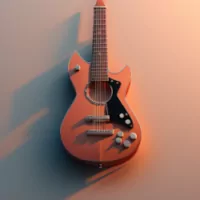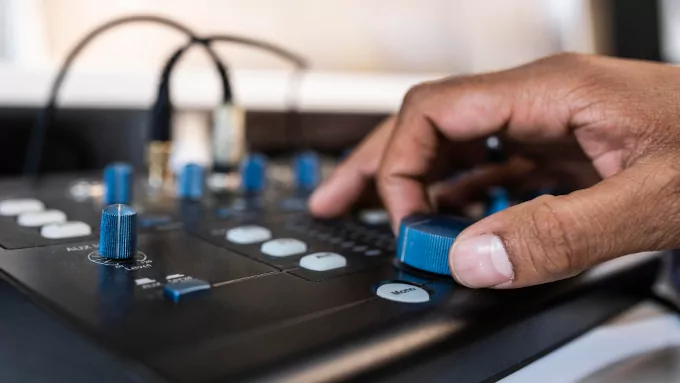Few musical instruments have won the hearts of as many people as the guitar. The guitar’s flexibility knows no limitations; it can play anything, from the deep wails of blues to the thrilling chords of rock. Musicians have embraced amplification and effects to expand the guitar’s sound capabilities. These two components are crucial in determining the guitar’s personality and tone, allowing musicians to craft enthralling songs that leave audiences in wonder. In this article, we examine the role that effects and amplification have played in the evolution of guitar performance.
As the name suggests, amplification includes amplifying the guitar’s sound to make it more audible to a wider audience. Acoustic guitars were the primary instrument used by guitarists in the early days, and crowd noise frequently overpowered their performances. Amplification was made possible with the development of the electric guitar in the 1930s, forever altering the musical landscape.
The guitar’s feeble electrical signals are amplified by amplifiers, which act as a conduit between the guitar and the speaker to produce loud, captivating sound waves. The several varieties of modern amplifiers, such as tube, solid-state, and digital modeling amps, each have their own distinctive tonal qualities.
Learn to Play the Guitar
Guitar aficionados often like tube amplifiers because of their warm, organic sound. They amplify the signal using vacuum tubes, which produces a rich and harmonically complex tone. Transistor-based solid-state amplifiers, on the other hand, have a cleaner sound and are more dependable and inexpensive. Digital modeling amps, which mimic the sounds of numerous antique and contemporary amps and offer a variety of possibilities in a single box, have grown in popularity in recent years.
Effects pedals are the actual artist’s palette, allowing guitarists to mold their sound and add color and depth to their music, whereas amplifiers lay the foundation for sonic augmentation. There are many different types of effects pedals, and each one has a special function.
Distortion and Overdrive: Distortion and overdrive effects give the guitar’s tone more crunch and grit, resulting in the sounds that define the rock and heavy metal genres. Distortion and overdrive effects have influenced some of the most famous guitar performances in history, including Jimi Hendrix‘s “Foxy Lady” and Slash‘s “Sweet Child o’ Mine,” with its scorching solo and filthy growl.
Delay and reverb are effects that change how time and space are perceived, giving the sound of the guitar more depth and atmosphere. Reverb simulates the acoustics of diverse places, whereas delay produces echoes. Both of these effects have contributed significantly to the ambient and ethereal sounds found in shoegaze and post-rock.
Modulation: Modulation effects include, among others, chorus, flanger, and phaser. These effects alter the guitar’s sound by introducing minute changes in pitch and time, giving it a sense of vibrancy and movement. The melancholy guitar riff from Nirvana’s “Come as You Are” is a perfect illustration of how the chorus effect works.
Wah-Wah: The Jimi Hendrix-popularized wah-wah pedal sweeps the guitar’s frequency range to create a vocal-like “wah” sound. It has come to be associated with emotionally charged and expressive guitar solos.
The way guitarists communicate with their audiences and express themselves has been transformed by amplification and effects. These instruments have become essential to contemporary music production, from the unadulterated force of distortion to the ethereal soundscapes of reverb. Although technology has advanced, the purpose of amplification and effects has remained the same: to push the limits of guitar playing and produce iconic musical moments.
Amplification and effects continue to define the guitar’s voice, solidifying it as the heart and soul of modern music, whether it is the soul-stirring blues, the electric intensity of rock, or the dreamy regions of ambient music. We can only anticipate more fascinating inventions as technology develops, which will further enliven the guitar-playing community and enthrall us for a generation to come.
Image by Freepik

